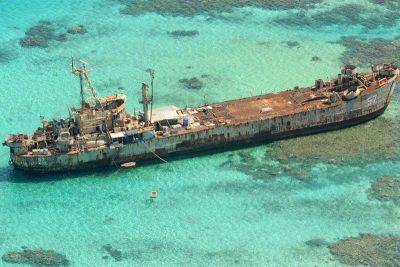More rain than 'Ondoy' but less intense: Why 'Carina'-enhanced habagat submerged Luzon
MANILA, Philippines — This week's devastating floods from Typhoon Carina (international name: Gaemi) enhanced by the southwest monsoon have caused people to relive their memories of Typhoon Ondoy in 2009, which similarly poured enough rain to engulf whole cities and turn streets into rivers.
Data from state weather bureau PAGASA show that these comparisons are not without basis.
Based on the agency's Science Garden station in Quezon City, the Carina-enhanced habagat dumped 471 millimeters of rainfall between Wednesday midnight to Thursday midnight, surpassing the 455 millimeters recorded within 24 hours during Ondoy.
But for Gerry Bagtasa, professor of at the University of the Philippines Diliman's Institute of Environmental Science and Meteorology, both the overall amount of rainfall and how fast it falls matters.
Bagtasa told Philstar.com that Ondoy's rain rate, or the amount of rainfall in a given amount of time, is more intense than Carina. Data shows Ondoy dumped 350 millimeters in just six hours, while Carina took 18 hours to reach the same amount.
Another crucial factor is the location of the rainfall, the meteorologist added. Ondoy, which came from the east, dumped a significant amount of rain in the upslope region, contributing to the massive flooding in Metro Manila. While the habagat typically comes from the west, it still affects the upslope areas.
"Flooding happened in the [National Capital Region] not just because of rain that falls on NCR, but because there's also rain upslope in Rizal called the Marikina river basin," Bagtasa said. This basin, as large as NCR, drains into the Pasig River.
Bagtasa further explained that Carina's intensification on Wednesday contributed to the heavy rainfall. The typhoon's slow movement, positioned east of Taiwan for most of the day, contributed to the extreme weather event.
"Essentially, it's a confluence of meteorological events," he said. "Enhanced habagat with heavy rainfall is not uncommon; in fact, NCR generally gets around 30% of its water from enhanced habagat. What's uncommon is the extreme rain, perhaps similar to the 2012 and 2013 events."
On Wednesday, record flood levels prompted the Metro Manila







